The unfortunate truth is that not everything lasts forever. You’ll always come down to your last bite of ice cream, a plate full of crumbs from your avocado toast, or an empty bowl which just seconds ago was full of delicious pasta. And eventually, some of your favorite foods will be gone forever.
The following foods are endangered, either because of shortages or unstable growing environments, meaning you can’t just go into your pantry or to the grocery store to get more when you run out. Meaning, enjoy these foods while you can, and hope for a miracle.
1. Honey
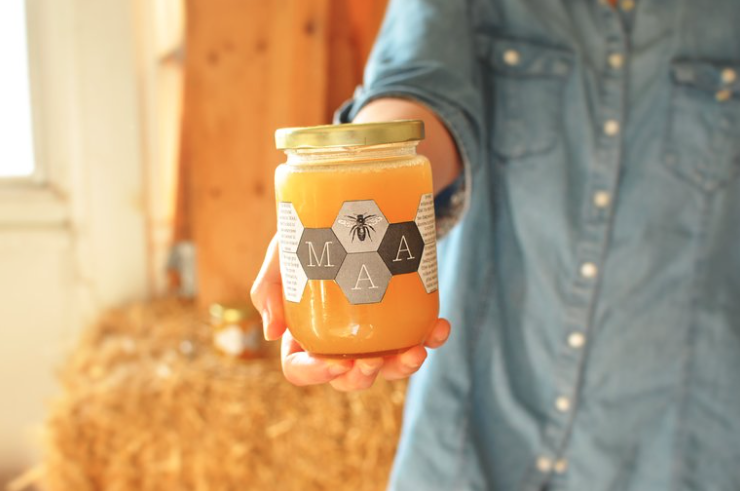
Photo by Nadia Alayoubi
We all know about the unfortunate decline in bee population, but I bet you haven’t thought far enough ahead about it to realize that no more bees means no more honey. That means no more sweet and sticky topping for biscuits, muffins, or coffee. Bees are slowly disappearing thanks to Colony Collapse Disorder, caused by parasites and pests, pathogens, poor nutrition, and exposure to pesticides. As nature’s natural sweetener, you should enjoy all the honey you can before we’re left with nothing but artificial sugar.
2. Bananas
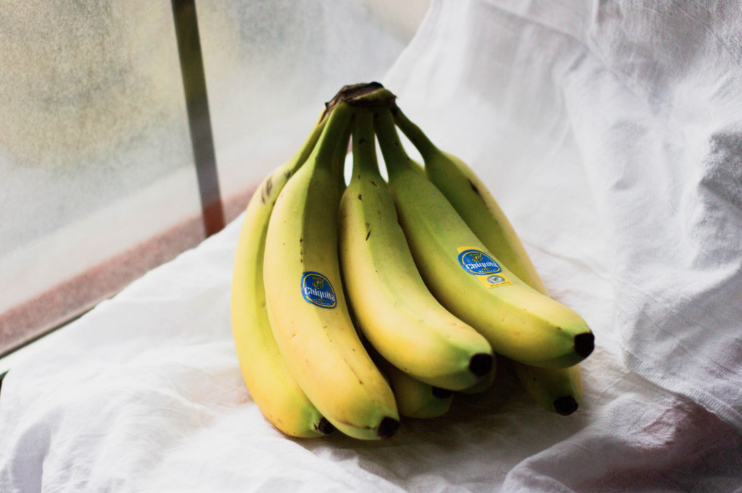
Photo by Abigail Wang
The Minions would certainly be devastated to hear this news. Bananas are typically grown in regions like Jordan and Mozambique, where they’re being attacked by Panama Disease. This is caused by a fungus that enters the banana plant through the roots, disrupting the vascular system and causing the plant to wilt and eventually die from dehydration. On the bright side, bananas are still grown in other places where this disease isn’t common, so you might be able to enjoy your beloved frozen banana ice cream for a little while longer.
3. Chocolate
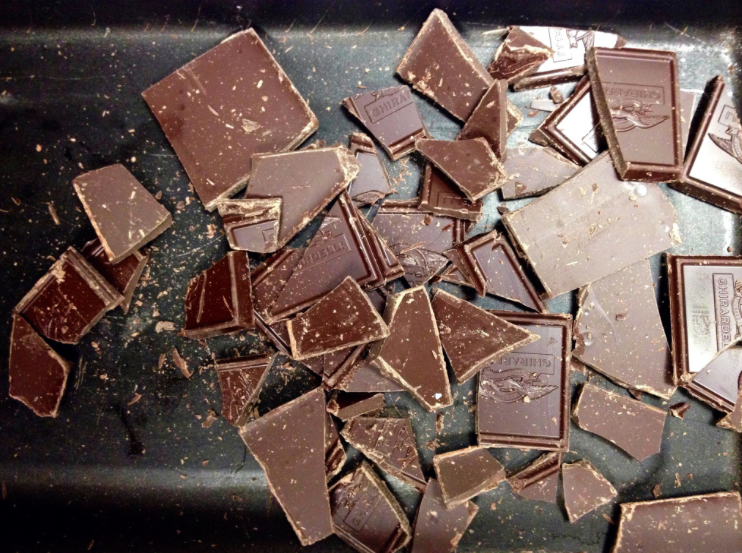
Photo by Katie Schneider
Do you actually think you could live in a world without chocolate? How horrible does that sound? Thanks to global warming, rising temperatures are affecting chocolate growth in areas like Ghana and the Ivory Coast, where more than half of the world’s supply of chocolate is produced. It’s predicted that climate change could significantly reduce the presence of chocolate by 2030. But thankfully, big chocolate companies like Hershey’s and Mars are spending almost $1 billion in an attempt to help cocoa farmers avoid what could be the world’s greatest tragedy.
4. Avocados
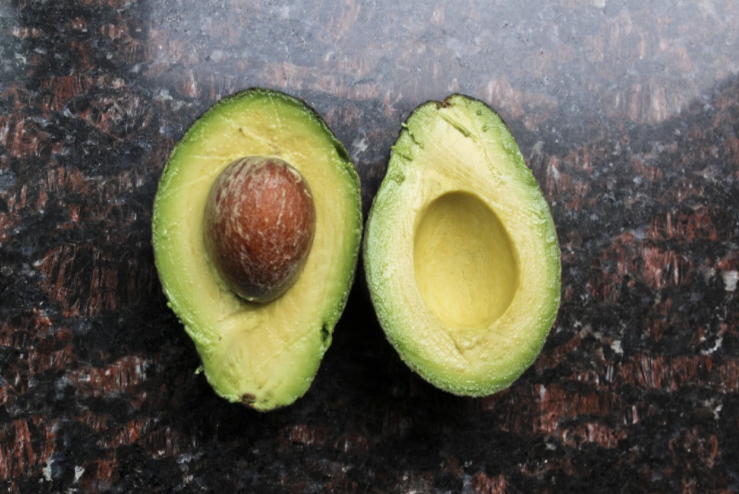
Photo by Hannah Lin
You might need to find another topping for your toast. California’s drought is not doing great things for their produce industries, including making it way expensive to produce avocados. Avocados used to cost $72/acre foot to farm but are now approaching $2,600/acre foot in the next year, which is almost 36 times as much. This also means that there will be a price increase for you too when buying avocados at the grocery store. I don’t know about you, but my college budget definitely will not be able to keep up with this shortage.
5. Coffee

Photo by Christina Robinson
Now might be the time to try tea or lemon water in the morning instead of your typical cup of joe. I know, it sounds impossible to do, right? But as unfortunate as it is, coffee is threatened by a whole mess of things, including pest infestations, deforestation, and changing weather patterns. Apparently, only a half-degree rise in temperature is enough to affect production, and in coffee growing regions like India, extreme rainfall events have cut coffee yields by 30%. BRB, stocking up on a lifetime supply of coffee grounds.
6. Salmon
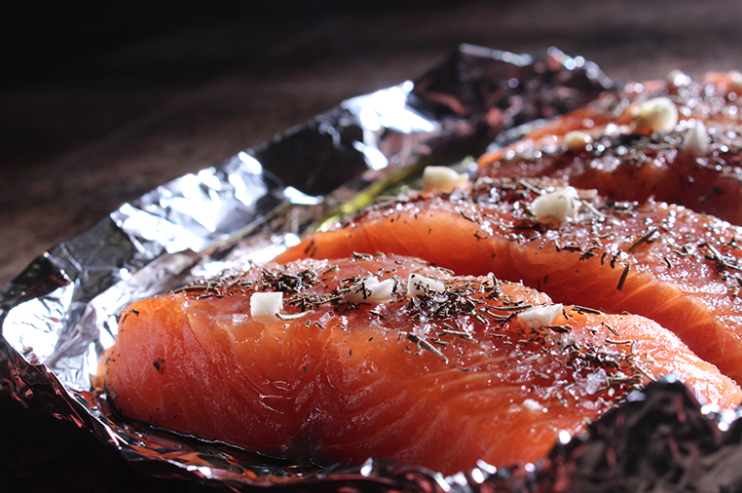
Photo by Andrea Baysa
There’s something fishy about water temps these days, and salmon know that first hand. These fish depend on cold water for reproduction, but global warming is causing the water temperatures to rise, thus causing a huge decline in salmon population. They’re also threatened by river damming and pollution. So all you salmon fans out there – maybe switch to an electric car?
7. Wine
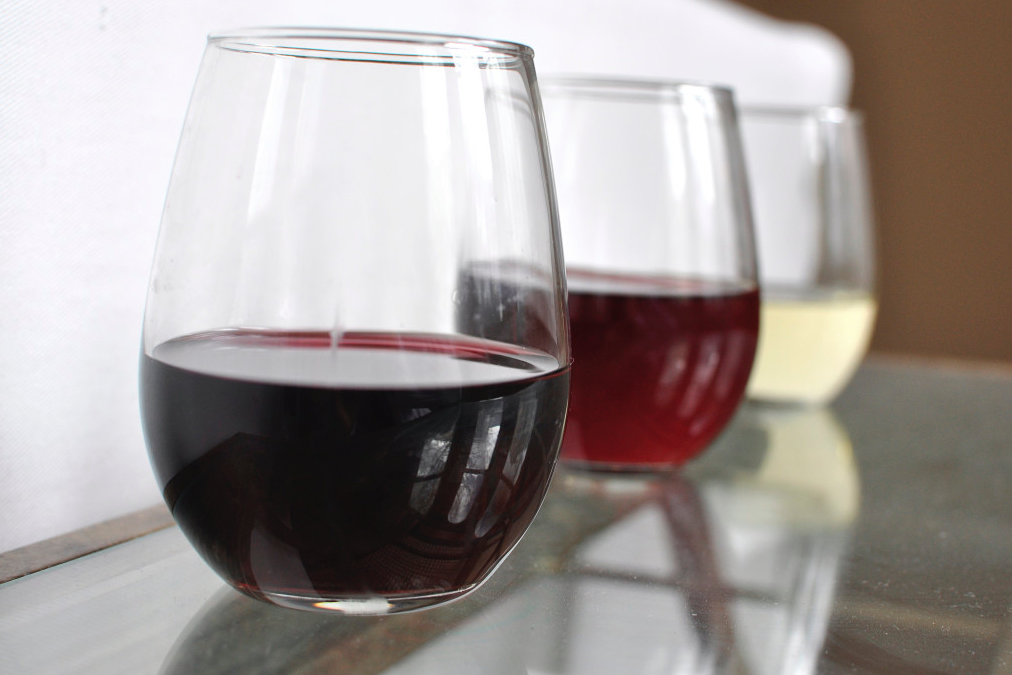
Photo by Emma Delaney
No more girls’ wine nights?! Well, maybe just not as many wine nights. Increasingly warmer temperatures are making it tougher for wine production in areas like California and France. Luckily, cooler regions are still able to supply wine, including places like the U.K. and the American midwest. In Vermont, winemakers also produce ice wine, a dessert wine they make from frozen grapes. As amazing as that sounds, warmer winters may unfortunately put an end to that boozy dessert.
8. Peanuts
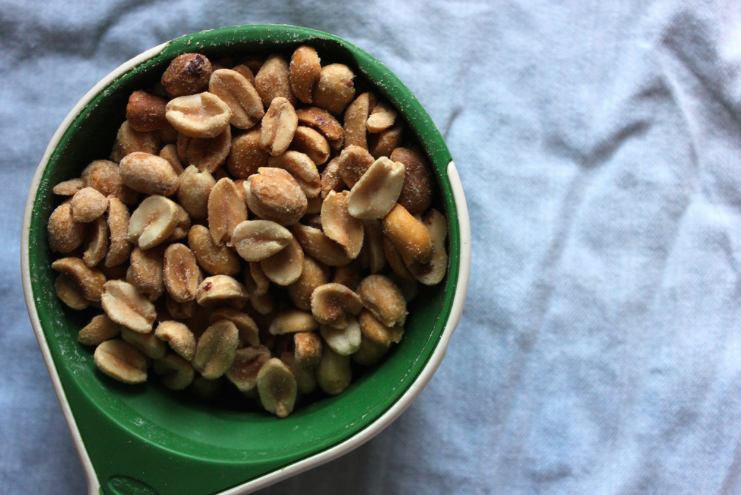
Photo by Katherine Carroll
Well, it’s a good thing they invented almond butter. Peanut plants are very high maintenance and only have one growing season to thrive. They require consistently warm temperatures and 20 to 40 inches of rain over five months. Because of climate change and long-term droughts, these plants are finding it very difficult to stay alive. The droughts also cause toxic mold, which can lead to cancer or death of the plant. I’m just glad that I was able to enjoy my childhood of PB&J’s before peanut butter officially disappears from this Earth.
9. Maple Syrup
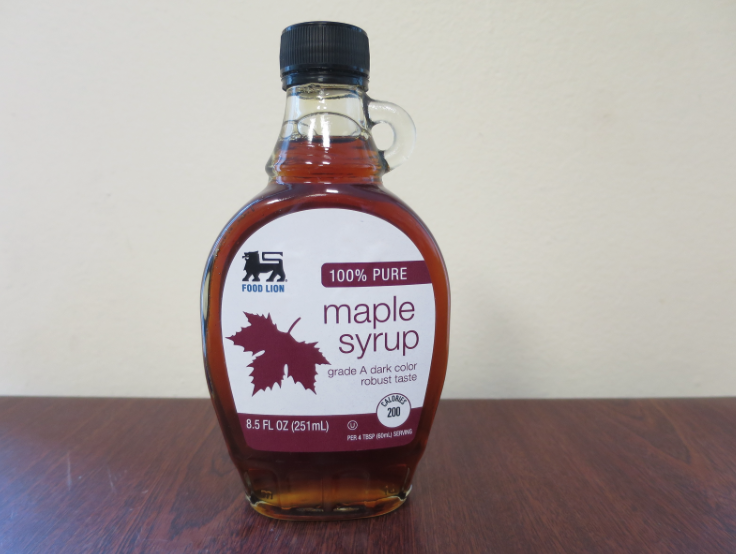
Photo by Louise Ferrall
Is a pancake still a pancake without maple syrup? Due to global warming (thanks again), increased temperatures are causing a shorter sapping season and less sap overall for maple trees. Average temperatures in New England, where a high volume of maple syrup is produced, have gone up by two to four degrees over the last 100 years, and if they go up another six degrees maple syrup, will be just a long lost memory (sort of like that huge stack of pancakes you devoured for breakfast).
10. Strawberries
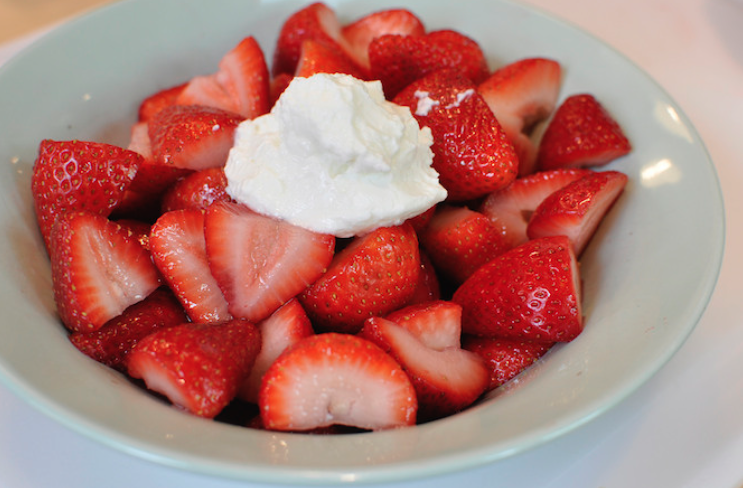
Photo by Emma Delaney
Well, this is berry bad. Apparently, the unusually high heat in Florida this summer has caused strawberry plants to not flower like normal, resulting in a shortage of berries come harvest time. As a winter plant, strawberries thrive in chilly weather, meaning the hot temperatures we’ve been experiencing are not ideal for them. You may have noticed the decline in strawberries at your local grocery store, which is a sad sight to see. Hopefully the weather will stop changing so drastically and we’ll see overflowing shelves of berries by February.
This is unfortunately just a few of many other foods we enjoy that are endangered. But it’s not too late to save these foods from extinction. Gary Nabhan, author of Renewing America’s Food Traditions recommends trying out rare foods that are close to home. By doing this, you’ll be helping farmers and producers maintain diversity and decrease the national demand for popular, endangered foods that can’t supply enough for what’s being desired. And overall, never take any of these foods for granted, because one day they just might be gone.




